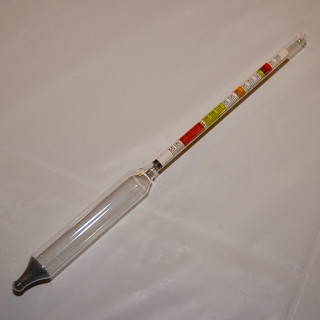
Reusing wine bottles is the perfect way to save some money when making your own wine. The problem is how do you remove the labels?
I’ve found there are mainly three types of labels, paper, plastic, and plastic coated paper. Paper labels are easy as they’ll come off after only a few minutes in water. Plastic labels peel off but leave a mess (more on that below).
The toughest labels to remove are the plastic coated paper labels. They don’t peel off and water can’t penetrate the plastic so you can’t soak it off.
After a bit of practice, however, I stumbled upon a method that works really well for paper and plastic coated paper labels. Check out this video to see how I do it. Continue reading “How to Remove Wine Labels”


